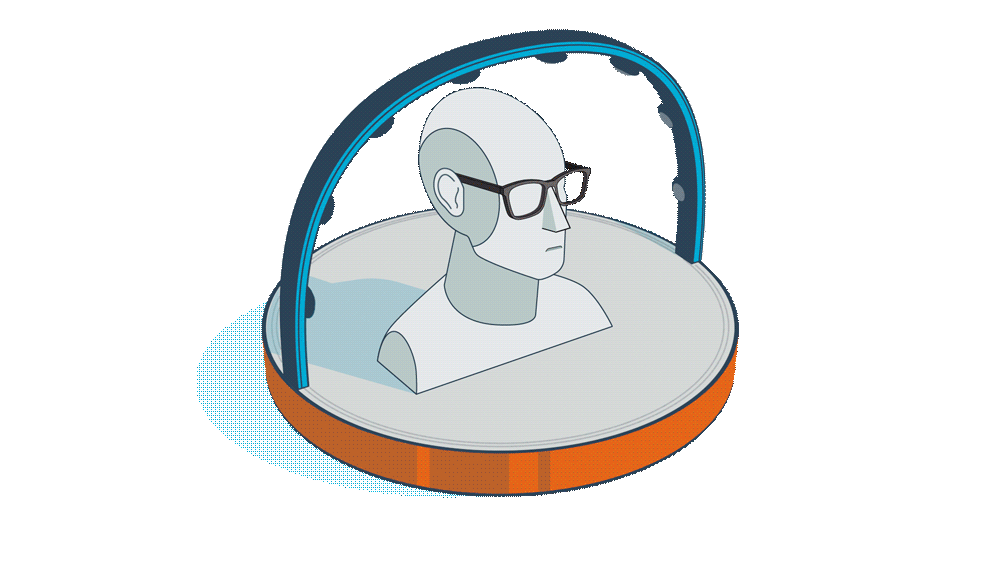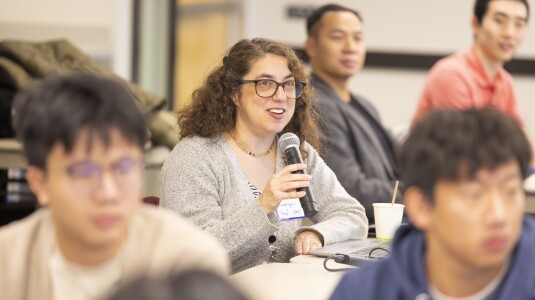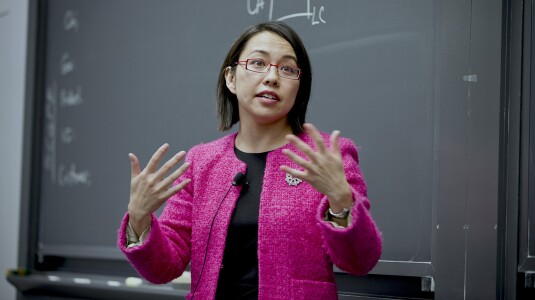Customer-obsessed science


Research areas
-
December 5, 20256 min readA multiagent architecture separates data perception, tool knowledge, execution history, and code generation, enabling ML automation that works with messy, real-world inputs.
-
-
-
November 20, 20254 min read
-
Featured news
-
2026Causal discovery is central to enable causal models for tasks such as effect estimation, counterfactual reasoning, and root cause attribution. Yet existing approaches face trade-offs: purely statistical methods (e.g., PC, LiNGAM) often return structures that overlook domain knowledge, while expert-designed DAGs are difficult to scale and time-consuming to construct. We propose CausalFusion, a hybrid framework
-
2026Video restoration (VR) aims to recover high-quality videos from degraded ones. Although recent zero-shot VR methods using pre-trained diffusion models (DMs) show good promise, they suffer from approximation errors during reverse diffusion and insufficient temporal consistency. Moreover, dealing with 3D video data, VR is inherently computationally intensive. In this paper, we advocate viewing the reverse
-
2026Neural codec language models have revolutionized speech synthesis but face significant challenges when adapted to music generation, particularly in achieving precise timbre control while preserving melodic content. We introduce Neural Code Language Model for Controllable Timbre Transfer (NCLMCTT), a novel architecture that enables zero-shot instrument cloning through direct audio conditioning without explicit
-
NeurIPS 2025 Workshop on Uncovering Causality in Science2025Switchback experiments assign units to treatment and control over time, yielding more precise causal estimates than fixed designs but risking bias from carryover effects, where past treatments influence future outcomes. Existing estimators require specifying an influence period, i.e. an upper bound on carryover duration, often guessed from intuition. We propose a statistical test that detects when this
-
NeurIPS 2025 Workshop on Machine Learning and the Physical Sciences2025Long-horizon motion forecasting for multiple autonomous robots is challenging due to non-linear agent interactions, compounding prediction errors, and continuous-time evolution of dynamics. Learnt dynamics of such a system can be useful in various applications such as travel time prediction, prediction-guided planning and surrogate simulation. In this work, we aim to develop an efficient trajectory forecasting
Collaborations
View allWhether you're a faculty member or student, there are number of ways you can engage with Amazon.
View all












































